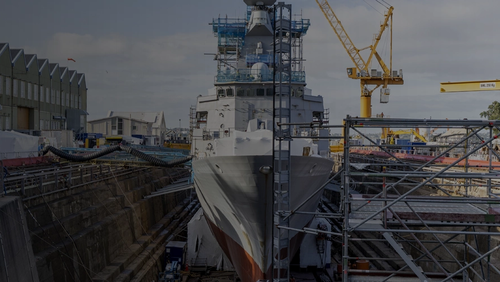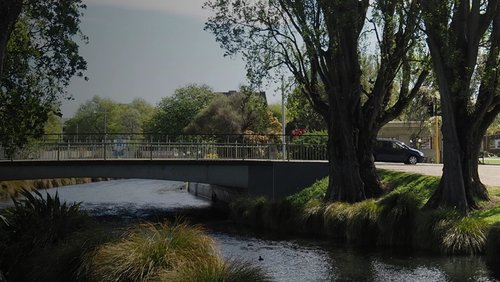30 Jul 2025
The engineer who won the inaugural Prime Minister’s Space Prize for Professional Excellence was recognised not just for his space-related successes, but for the work he and his team do to support the next generation of engineers.
It was a friend’s father who first opened Robin McNeill MNZM FEngNZ CPEng IntPE(NZ)’s eyes to the world of engineering during his childhood in Papakura in the 1960s.
“Back then, no one believed anyone in New Zealand could have anything to do with space. But here was Brian [Dr Brian Egan, who taught electrical engineering at the University of Auckland] who had worked at Peach Mountain Radio Telescope, and supported the Gemini missions. He had a profound influence on me, and my introduction to both engineering and amateur radio, both of which have played integral parts in my career development.”
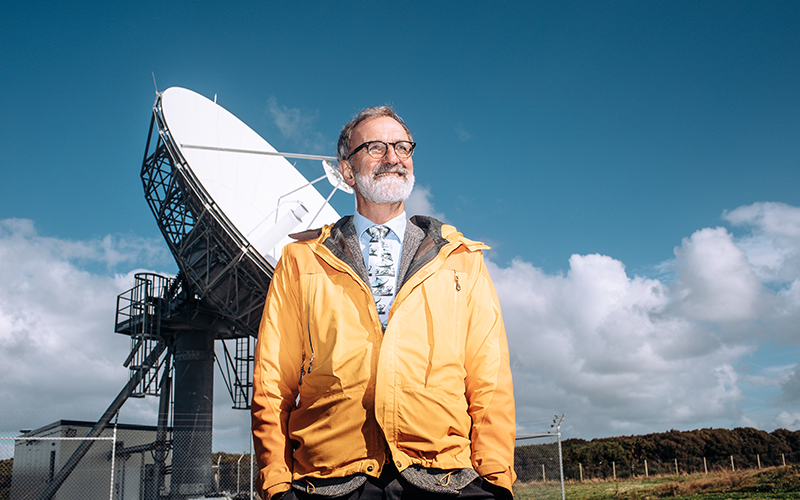
Photo: Jordan Siobhan/Valley Content
And what a career it’s been to date. Robin’s degree in electrical and electronic engineering from the University of Canterbury, and decades of expertise in telecommunications and renewable energy, have taken him to places including Tonga, Tokelau and Antarctica. Today, he is CEO of SpaceOps NZ, which provides vital communication links for satellites and an increasing range of other space missions, from their ground station at Awarua in Southland. He describes space operations as “the Cinderella of the space business”. “We’re not very visible or obvious. People forget about ground stations until they go to space, and realise that without an antenna and communications link, their satellite is nothing more than a flying brick.”
SpaceOps’ facility, 11km outside Invercargill, has been gazing skyward since 2008, following the signing of an agreement with the European Space Agency (ESA).
People forget about ground stations until they go to space, and realise that without an antenna and communications link, their satellite is nothing more than a flying brick.
“ESA had been looking for a downrange telemetry station for their ATV [Automated Transfer Vehicle] launch campaigns – resupply missions to the International Space Station. Awarua met all their needs in terms of visibility of the trajectory, and honestly, they were surprised that there were people here in Invercargill who understood all their requirements, and could actually build their ground station.”
Because this work predated the establishment of the New Zealand Space Agency, Robin – who at the time was leading Venture Southland’s broadband programme – says he acted as “a defacto space agency for dealing with the Europeans”. The eventual success of the ATV missions thrust SpaceOps NZ into the view of the global space sector. Early on in their development, Robin got a call from “local Invercargill lad” Sir Peter Beck. The founder of Rocket Lab had customers who needed ground stations in New Zealand and he wondered if Awarua could accommodate them.
“The answer was ‘of course’. So Pete’s first customers were our first commercial customers too.” SpaceOps NZ has continued to grow ever since
“Now, in the space community, you’ll find world maps that feature Awarua, but not Auckland or Wellington, which is quite cool,” Robin says.
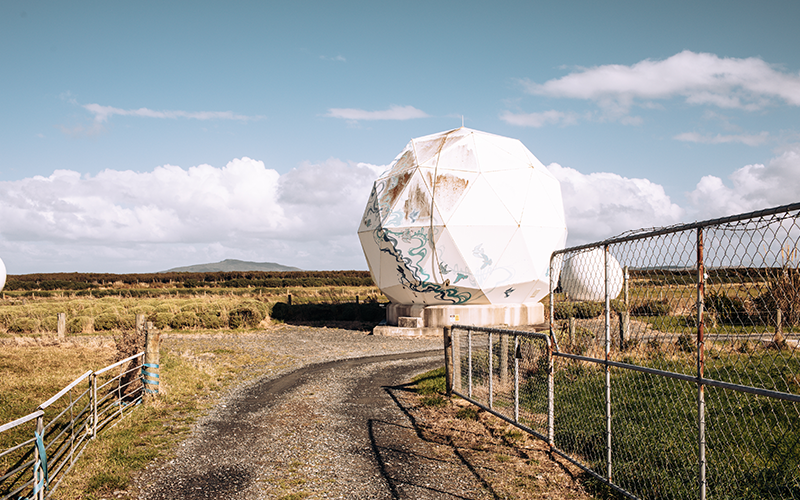
Photo: Jordan Siobhan/Valley Content
In 2023, they extended their footprint. Auckland University of Technology had decided to cease radio astronomy operations at the Warkworth Satellite Earth Station.
“The site has a 30-metre antenna which belongs to Spark; a 12-metre antenna, and an incredibly accurate hydrogen maser clock,” says Robin.
“I was devastated for [AUT radio astronomy professor] Sergei Gulyaev, but it was a wonderful opportunity to get access to big antennas.” At Warkworth, SpaceOps NZ now works with Land Information New Zealand to precisely measure the changing location of the North Pole.
“This is critically important to the GPS service in keeping the internet working worldwide.”
The 30-metre dish allows them to look further – to the Moon, and beyond. Robin says they’re now working closely with the new generation of commercial lunar exploration companies, including Intuitive Machines, as well as NASA’s Jet Propulsion Laboratory.
“The ambition is to support interplanetary spacecraft in the next few years.”
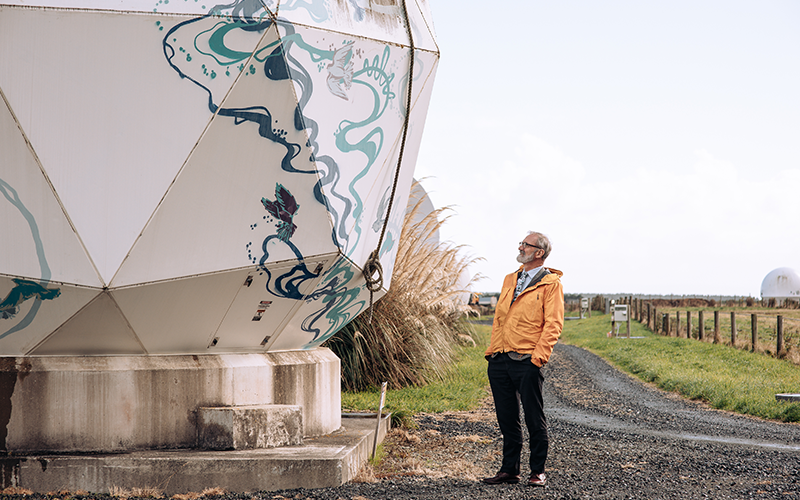
Photo: Jordan Siobhan/Valley Content
At the end of 2024, Robin was awarded the inaugural Prime Minister’s Space Prize for Professional Excellence. It was not just for all his space-related successes, but for everything he and his team have been doing to support the next generation of engineers in Southland. He co-supervises PhD and master’s students with the University of Canterbury, employs undergraduate engineering students in summer jobs, and contributes to the Southland Youth Futures programme. Robin also organised a space camp with ESA for local students, and works hard to get space experts into schools in his area.
“I believe that as engineers, we have a responsibility to do this work,” he says.
“Kids start thinking about engineering at a fairly young age. They just need someone to light the spark.”
He continues: “We also want to ensure that our universities are producing engineers with the types of skills and interests that we need in this sector. That, coupled with the lack of money here in New Zealand for work like ours, is the biggest challenge we face.”
This article was first published in the June 2025 issue of EG magazine.


